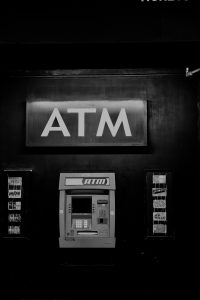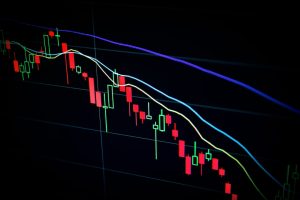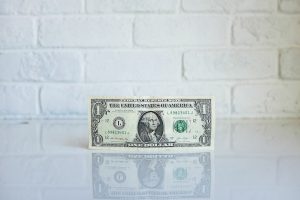Forex, or foreign exchange, is the largest financial market in the world. It operates 24/7, with trading sessions taking place across different time zones. As a result, forex change rates occur constantly, reflecting the supply and demand of different currencies. But what time does forex change rates?
To understand this, it is important to first understand the basics of forex trading. Forex trading involves the buying and selling of currencies, with the aim of making a profit from the fluctuations in exchange rates. These rates are determined by a variety of factors, including economic indicators, political events, and market sentiment.
Forex trading is conducted through a network of banks, financial institutions, and individual traders around the world. The market is open 24 hours a day, five days a week, starting from 5 pm EST on Sunday and ending at 5 pm EST on Friday. However, different trading sessions overlap during the day, creating periods of high activity and volatility.
The three major forex trading sessions are the Asian, European, and American sessions. These sessions are named after the regions where they take place and are characterized by different trading volumes and market dynamics.
The Asian session starts at 7 pm EST and ends at 4 am EST, with Tokyo and Sydney being the major financial centers involved. During this session, the Japanese yen, Australian dollar, and New Zealand dollar are the most actively traded currencies.
The European session starts at 3 am EST and ends at 12 pm EST, with London being the main financial center. This session is the most active and liquid, with the euro, British pound, and Swiss franc being the most traded currencies.
The American session starts at 8 am EST and ends at 5 pm EST, with New York being the major financial center. During this session, the US dollar, Canadian dollar, and Mexican peso are the most actively traded currencies.
Forex change rates are constantly fluctuating during these trading sessions, reflecting the supply and demand of different currencies. The movement of exchange rates is influenced by a variety of factors, including economic indicators, central bank policies, geopolitical events, and market sentiment.
Economic indicators, such as gross domestic product (GDP), inflation, and employment data, can have a significant impact on exchange rates. A strong economy is usually associated with a strong currency, while a weak economy can lead to a weaker currency.
Central bank policies, such as interest rate changes and quantitative easing programs, can also affect exchange rates. Higher interest rates can attract foreign investment and strengthen a currency, while lower interest rates can have the opposite effect.
Geopolitical events, such as elections, wars, and natural disasters, can cause significant volatility in the forex market. Market sentiment, or the overall mood of traders and investors, can also affect exchange rates, with fear and uncertainty leading to risk aversion and a flight to safe-haven currencies.
In conclusion, forex change rates occur constantly, reflecting the supply and demand of different currencies. The forex market operates 24/7, with trading sessions taking place across different time zones. The three major trading sessions are the Asian, European, and American sessions, with different currencies being more actively traded during each session. Exchange rates are influenced by a variety of factors, including economic indicators, central bank policies, geopolitical events, and market sentiment. As a result, forex traders need to stay informed and alert to these factors to make informed trading decisions.






